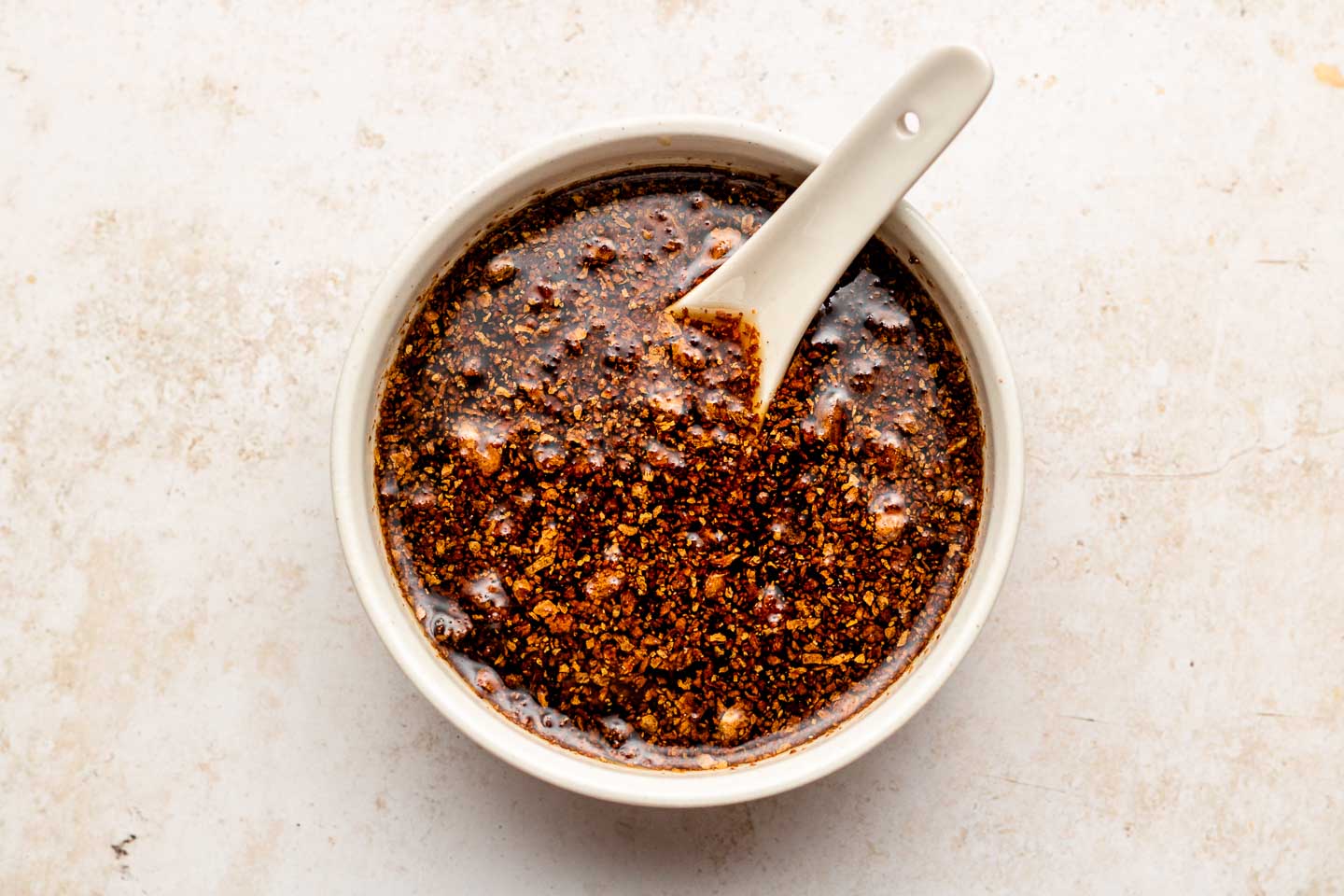In the culinary world, black garlic has gone from an obscure ingredient to a gourmet staple—celebrated for its sweet, tangy, and umami-rich profile. Chefs everywhere are discovering that these sticky black cloves can serve as a passport to creativity, pairing seamlessly with dishes far removed from black garlic’s East Asian roots. From Mexico to the Mediterranean and beyond, here’s how modern fusion chefs are taking black garlic on a global flavor journey.
1. A Quick Refresher on Black Garlic
Black garlic is typically made by aging fresh garlic at low heat and high humidity for several weeks. This transformation softens each clove, turning it deep brown or black while imparting sweet, caramel-like notes. Gone is the harsh bite of raw garlic—replaced by mild, jammy cloves that pack a concentrated burst of umami.
2. Mexican-Inspired Fusions
a) Salsas and Moles
Mexican cuisine is known for its deep, complex sauces—and black garlic fits right in. Chefs are blending black garlic into mole recipes, where it pairs beautifully with chili peppers, chocolate, and spices.
-
Tip: Add puréed black garlic toward the end of cooking for a balanced finish of sweet and savory.
b) Tacos and Marinades
For street taco flair, black garlic can be mashed and incorporated into marinades for pork or chicken. Its sweet tang amplifies the smoky depth of dried chilies, resulting in a succulent, deeply flavored meat filling.
3. Middle Eastern Twists
a) Hummus and Dips
The inherent creaminess of chickpeas provides a blank canvas for black garlic’s bold flavor. Some chefs are experimenting with black garlic hummus, blending the cloves with tahini, lemon juice, and olive oil. The outcome is a sweet-savory spread that pairs perfectly with pita or fresh vegetables.
b) Za’atar and Beyond
Middle Eastern cuisine frequently showcases robust herbs and spices, such as sumac, thyme, and sesame seeds in the classic spice mix za’atar. Black garlic’s subtle sweetness can complement these earthy flavors in roasted vegetable dishes or can be whisked into a dressing with olive oil, lemon, and a pinch of za’atar for a refreshing salad topper.
4. European Inspirations
a) Pasta Sauces and Risottos
Italian cuisine has always adored garlic, but black garlic brings a sweet umami twist to classic sauces. Think black garlic arrabbiata—where the cloves add depth to spicy tomato sauce—or a black garlic risotto, providing layers of flavor without overpowering the delicate rice grains.
b) Spreads and Tapenades
Mediterranean countries are known for bright, bold spreads like tapenade or bruschetta toppings. Black garlic tapenade featuring olives, capers, and a dash of vinegar creates a luxurious, tangy accent on crusty bread or grilled fish.
5. Southeast Asian Adventures
a) Curries and Stir-Fries
Southeast Asian curries—such as Thai green curry or Malaysian rendang—often rely on a balance of sweet, spicy, and savory elements. Black garlic can replace or supplement traditional aromatics, injecting a gentle sweetness and deeper umami into coconut milk–based curries or soy sauce–based stir-fries.
b) Soups and Broths
Adding a few black garlic cloves to pho-style broths or tom yum soups can intensify the richness, matching well with lemongrass, kaffir lime, and chili. The slow extraction of black garlic in a simmering broth adds layers of complexity without tipping the flavor scales into overwhelming territory.
6. African and Caribbean Influences
a) Jerk Marinades & West African Stews
The sweet-spicy dimension of jerk marinades typically comes from a mix of allspice, Scotch bonnet peppers, and brown sugar. Swapping in black garlic for part of the sweetener can enhance the marinade’s depth while still offering that signature sweetness. Meanwhile, in West African stews like maafe (peanut stew) or jollof rice, black garlic’s umami factor complements peanut, tomato, and spicy pepper profiles.
b) North African Tagines
North African tagines thrive on layered flavors—dried fruits, spices like cinnamon and cumin, and savory onions. Black garlic merges effortlessly, bridging the gap between sweet apricots or dates and the earthy warmth of spices, producing a comforting yet intriguing stew.
7. Tips for Successful Global Fusion
-
Start Small: A little black garlic goes a long way. Introduce it gradually to find the right balance in your dish.
-
Mash or Purée: For sauces, marinades, and dressings, a smooth paste ensures even distribution of flavor.
-
Complement, Don’t Overpower: Black garlic excels in dishes that already champion sweet or umami undertones. Consider complementary ingredients like caramelized onions, roasted peppers, tomatoes, and coconut milk.
-
Experiment Fearlessly: Fusion cooking thrives on creativity. Don’t be afraid to test black garlic with unexpected spices, herbs, or cooking techniques—it might become the star of your menu.
Final Thoughts
Black garlic’s uniquely sweet and umami-rich taste has proven itself remarkably versatile, crossing cultural and geographical boundaries with ease. Chefs in every corner of the globe are discovering how its mellow garlic essence can amplify traditional recipes—be they Mexican moles, Italian pastas, or Middle Eastern dips—adding depth and intrigue to familiar dishes. As fusion cuisine continues to flourish, expect to see black garlic remain at center stage, transforming the way we blend flavors from around the world.
In short, black garlic is more than a trend—it’s a flavor ambassador, inviting us to take a culinary tour of global traditions while rewriting the rules of “fusion” one clove at a time. Bon appétit—or, in the spirit of global cuisine, ¡Buen provecho!, Afiyet olsun!, いただきます, and beyond.

Comments (0)
No comments yet. Be the first to comment!